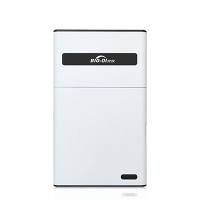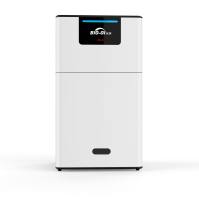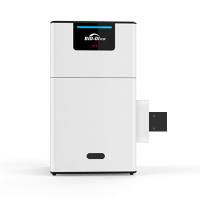Proteomics and Laser Microdissection
互联网
695
Two-dimensional gel electrophoresis (2-DE) combined with protein identification by mass spectrometry (MS) is currently the method of choice in the majority of proteomic projects. Novel gel-free technologies have been developed but 2-DE remains the technique of choice for quantitative expression profiling of large sets of complex protein mixtures such as whole cell/tissue lysates.
Solubilized proteins are separated in the first dimension according to their charge properties (isoelectric point, pI) by isoelectric focusing (IEF) under denaturing conditions, followed by their separation in the second dimension by sodium dodecyl sulfatepolyacrylamide gel electrophoresis (SDS-PAGE), according to their relative molecular mass (Mr ). 2-DE can resolve more than 5000 proteins simultaneously (~2000 proteins routinely) and can detect less than 1 ng of protein per spot. Furthermore, it delivers a map of intact proteins, which reflects changes in protein expression level, isoforms or posttranslational modifications.
In this chapter we describe the various steps in the 2-DE proteomics workflow, namely sample preparation, solubilization, 2-D gel electrophoresis, protein detection and visualization, and protein identification by mass spectrometry. The use of 2-DE in conjunction with laser microdissection microscopy is presented and discussed.









